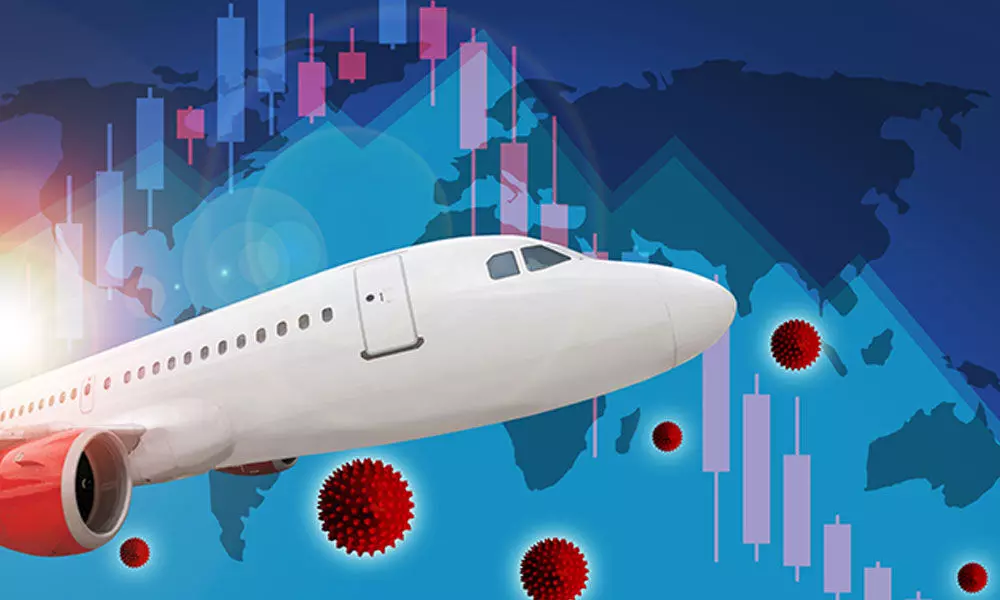Pandemic impact on aviation to continue for few more years
Air transport has remained one of the hardest-hit global industries
image for illustrative purpose

Air transport has remained one of the hardest-hit global industries. The economic, social, and health implications for theaviation sectorare far-reaching and the pandemic will affect aviation businesses, passengers, and airports for years to come. Total passenger numbers are expected to increase to 3.4 billion next year from 2.3 billion in 2021, IATA estimates, but will be below 4.5 billion in 2019.
Passenger revenue in 2022 is expected to jump about 67 per cent year-on-year to $378 billion. Air cargo is forecast to remain a bright spot, with demand seen rising 13.2 per cent above the 2019 levels, IATA said.
The International Air Transport Association (IATA), the industry's main trade body, predicted that net losses at airlines would narrow to $11.6 billion in 2022 from $51.8 billion this year. Today, the 2021 fleet is up to more than 23,700 aircraft. By 2031, we forecast the fleet will number more than 36,500. But it's still a far cry from pre-Covid projections, which put the 2021 global fleet at 28,800 and the 2030 fleet at more than 39,000.
More governments are seeing vaccinations as a way out of this crisis. We fully agree that vaccinated people should not have their freedom of movement limited in any way. In fact, the freedom to travel is a good incentive for more people to be vaccinated. Governments must work together and do everything in their power to ensure that vaccines are available to anybody who wants them."
Re-establishing global connectivity, the 11.3 million jobs (pre-Covid) in the aviation industry, and the $3.5 trillion of GDP associated with travel and tourism should be priorities for governments.
Aviation is resilient and resourceful, but the scale of this crisis needs solutions that only governments can provide. Financial support was a lifeline for many airlines during the crisis. Much of that - approximately $110 billion - is in the form of support that needs to be paid back. Combined with commercial borrowing the industry is now highly leveraged.
According to IATA, domestic travel demand will near pre-crisis levels in 2022. However, the association pointed out that challenge remains in international markets, which are still severely depressed as government-imposed restrictions continue.
People have not lost their desire to travel as we see in solid domestic market resilience. But they are being held back from international travel by restrictions, uncertainty and complexity. More governments are seeing vaccinations as a way out of this crisis.
The signs that the Aviation industry is on the mend comes from United Airlines. United's outlook for the rest of the year and 2022 are about as rosy as can be expected from an airline that has weathered the last year-and-a-half. This has the carrier forecasting a pre-tax profit in the second half of 2021 not including the benefit of federal relief.

